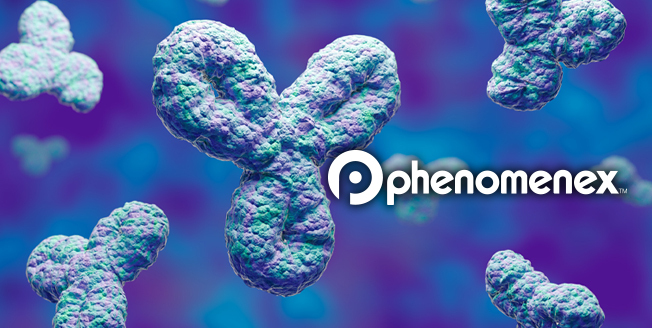
Monoclonal antibodies (mAbs) are well-established therapeutics for a wide range of medical applications. Recent trends have investigated the administration of multiple mAbs with the goal of improving efficacy without sacrificing safety. Although coformulation approaches offer significant advantages, the complexity of drug product development, characterization, and quality control increase as well.
One such example is the requirement to quantify each mAb in coformulation. Similarities in physicochemical properties, as well as marked differences in concentrations between two mAbs, can present unique challenges for analysis. Many mAbs chosen for coformulation are standard format (i.e., IgG1 humanized or chimeric) and expressed from Chinese Hamster Ovary (CHO) cell lines. Consequently, coformulated mAbs will have very similar molecular weight, glycosylation, and isoelectric point, limiting chromatographic method options.





